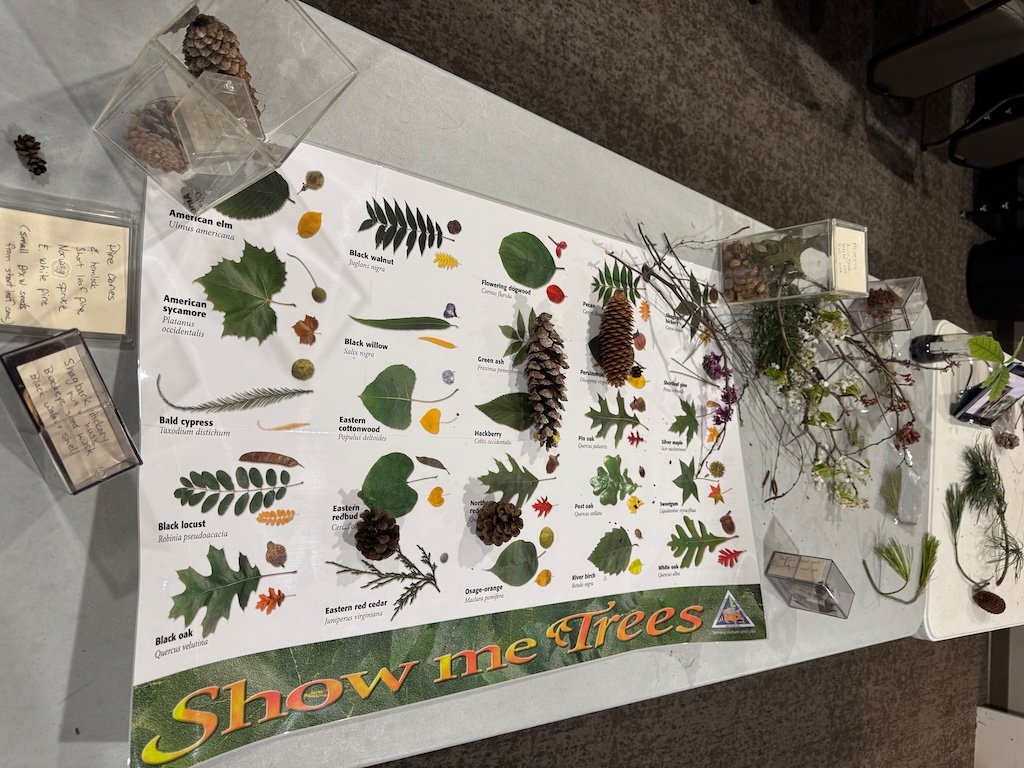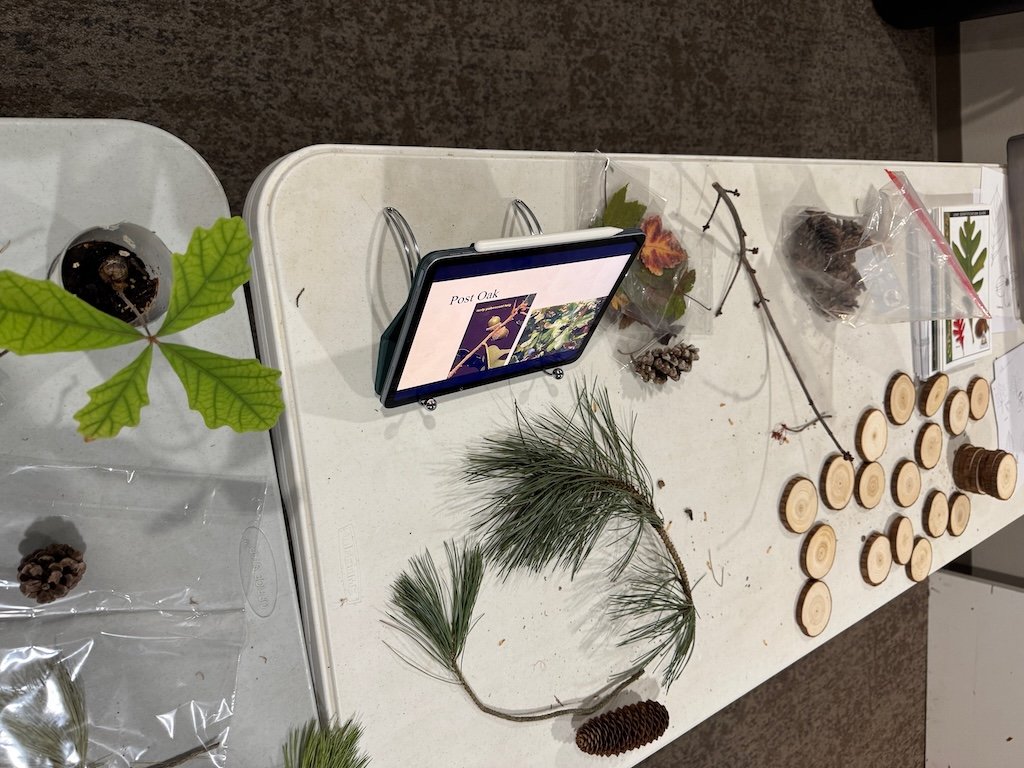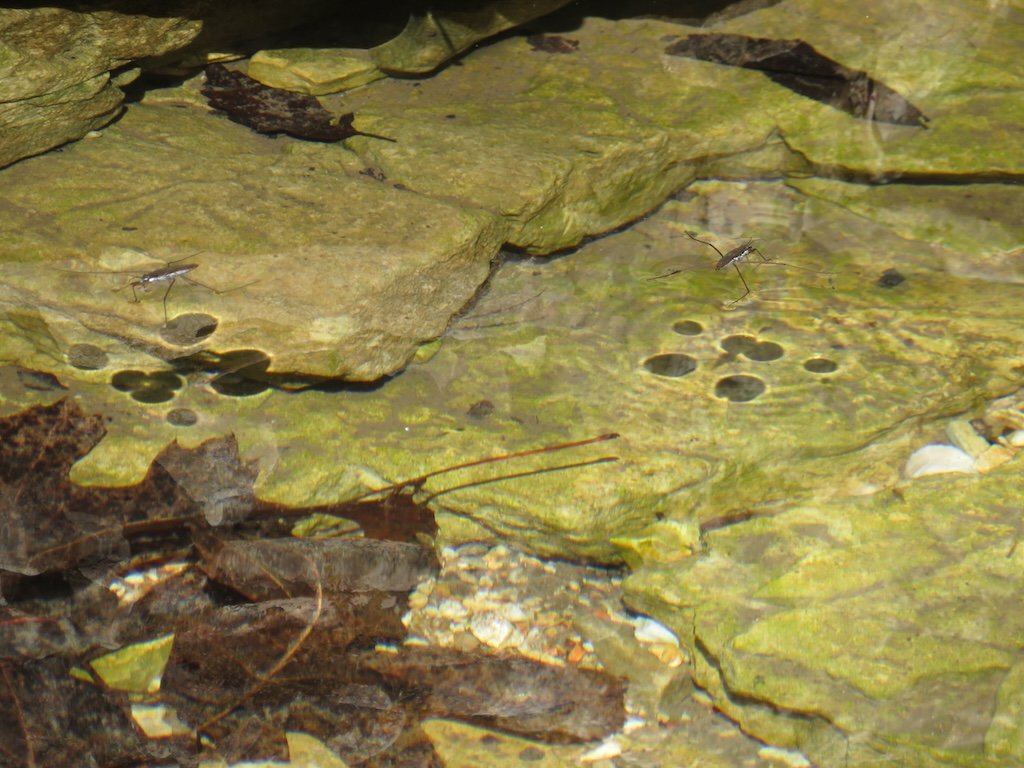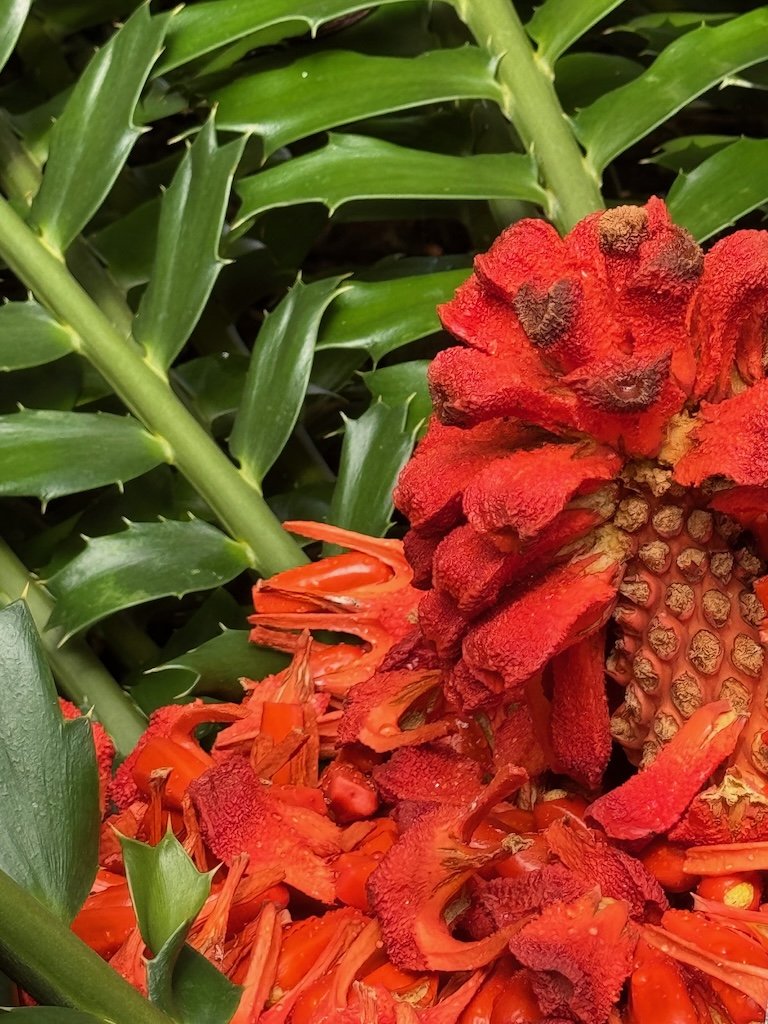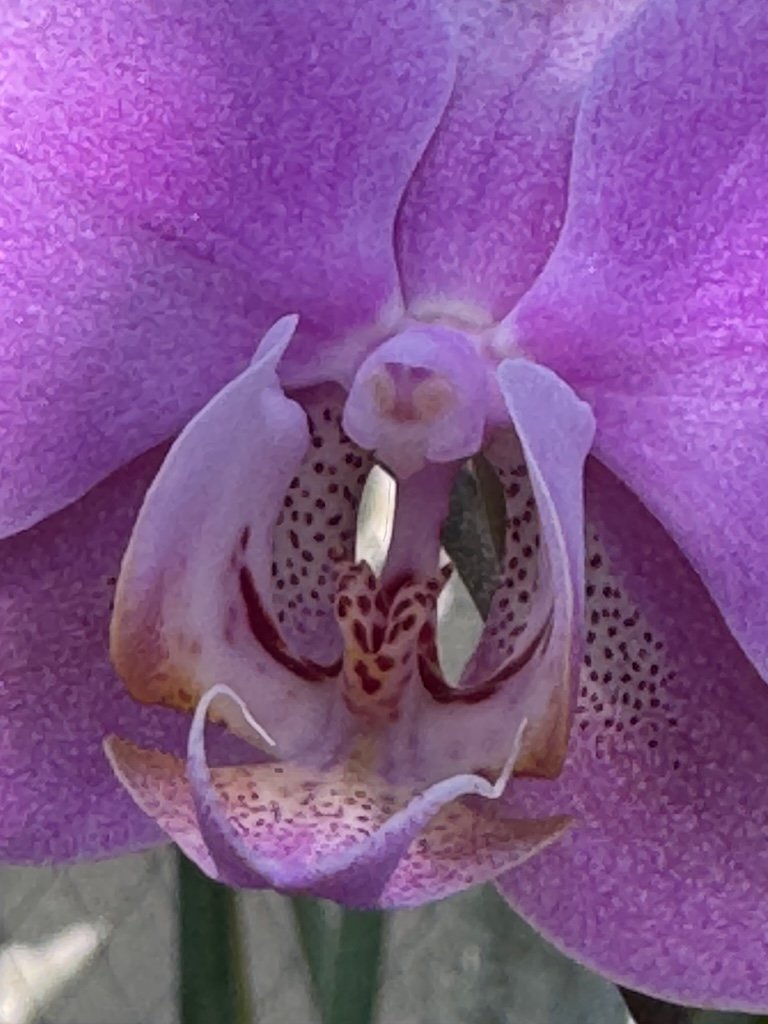eBotantical Prints – March 2025
/Twenty more books were added to my botanical print eBook collection in March - available for browsing on Internet Archive. This month includes 4 volumes of Dissertatio Botanica by Carl Peter Thunburg from the late 1700s and the first volumes of Recueil des plantes les plus usuelles peintes d'apres nature by Pierre de Savary (the second series will be continued in the April eBotanical Prints). My favorite image of the month is from the Album of Chinese flora executed by one or more Chinese artists for John Reeves (1774-1856).
My list of eBotanical Prints books now totals 3,083 eBooks I’ve browsed over the years. The whole list can be accessed here.
Click on any sample image from March’s 20 books below to get an enlarged version…and the title hyperlink in the list below the image mosaic to view the entire volume where there are a lot more botanical illustrations to browse.
Enjoy the March 2025 eBotanical Prints!
Nova genera Plantarum * Thunberg, Carl Peter * sample image * 1781
Dissertatio Botanica V1 * Thunberg, Carl Peter * sample image * 1781
Dissertatio Botanica V2 * Thunberg, Carl Peter * sample image * 1782
Dissertatio Botanica V3 * Thunberg, Carl Peter * sample image * 1782
Dissertatio Botanica V4 * Thunberg, Carl Peter * sample image * 1782
Flora Japonica * Thunberg, Carl Peter * sample image * 1784
Flora Japonica sive Plantae * Siebold, Philipp Franz von * sample image * 1835
Album of Chinese flora executed by one or more Chinese artists for John Reeves (1774-1856) * Chinese School * sample image * 1820
Icones selectae plantarum * Kaemper, Engelbert * sample image * 1791
Medical botany; or, history of plants in the materia medica of the London, Edinburgh and Dublin pharmacopoeias. Arranged according to the Linnaean system V1 * E. Cox and Son (publisher) * sample image * 1821
Medical botany; or, history of plants in the materia medica of the London, Edinburgh and Dublin pharmacopoeias. Arranged according to the Linnaean system V2 * E. Cox and Son (publisher) * sample image * 1822
Standardized products - a descriptive list of drug extracts standardized by chemical or physiological means * Parke, Davis & Company * sample image * 1911
A brief treatise on various ailments and their treatment by nature's remedies * Medical Institute (Bradford, West Yorkshire, England) * sample image * 1895
The new British domestic herbal * Waller, John Augustine * sample image * 1822
Mémoires pour servir à l'histoire des plantes * Dodart, Denis * sample image * 1676
Handbuch der pharmaceutischen Botanik. : Mit illuminirten Kupfern * Juch, Karl Wilhelp; Volckart, Johann Friedrich * sample image * 1804
The reformed practice of medicine * Rosen, Samuel * sample image * 1895
Recueil des plantes les plus usuelles peintes d'apres nature V3 * Savary, Pierre de * sample image * 1764
Recueil des plantes les plus usuelles peintes d'apres nature V4 * Savary, Pierre de * sample image * 1764
Recueil des plantes les plus usuelles peintes d'apres nature V5 * Savary, Pierre de * sample image * 1765






















